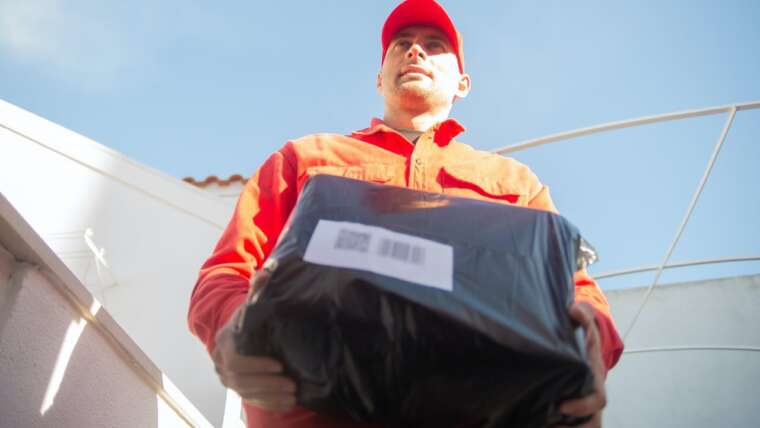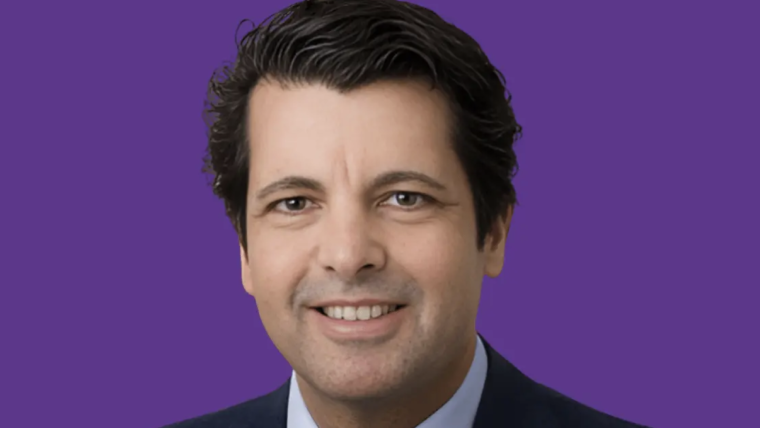When you really think about it, risk almost never comes out of nowhere.
It builds up and builds up, the signs are all there, but you don’t know how to read them. Take an ache in your back, for instance. Will you go to the doctor while it’s manageable? No, you’ll panic once you can no longer get out of bed and go to the E.R. The tiny leak in the ceiling?
It’s tiny, so who cares? And then the entire ceiling caves in.
Your sense of risk is your radar, and when it’s properly tuned, you’ll spot issues on time and do something about them before they take over your life. But when the radar is out of whack, you get blindsided by things that could have easily been prevented.
The problem is that your radar doesn’t calibrate on its own; you’re the one who has to do it.
Table of Contents
The Changing Landscape of Risk
As you change, so does the risk; it’s not fixed.
You didn’t have the same risk in your 20s as you do in your 40s. You could eat fast food and lie on the couch and still stay skinny when you were 22. Now, at 43, you need to make smarter choices and exercise regularly if you want to stay healthy.
The same goes for your money; interest rates go up and down, inflation swallows your savings, markets change, your needs change, and all of a sudden, your rock-solid plan from 10 years ago falls apart.
If you assume that what worked yesterday will still work today, you’re treading on dangerous ground. Most people are suckers for old habits, but that leaves them blind to the signs that things have already changed.
For example, let’s say you own a business and you stick to the same budget every year. But climate change has done its thing, and now your area gets a lot more snow than it did 30 years ago.
Still, you didn’t budget for commercial snow plowing because your business strategy was to be reactive instead of proactive, and since snow hadn’t been an issue up until just recently, you’re in shock, realizing the issues snow causes.
But really, who’s the real culprit here? The snow or the fact that you stuck to old habits like glue?

How to Help Your Risk Radar
Keep in mind that nobody is telling you to be paranoid or constantly wait for something bad to happen.
The goal is for you to check if the way you see risk still matches the reality and then, if needed, update your approach to keep pace.
Money
As far as risks go, money is one of the most unpredictable ones.
Fun, huh?
Your financial plan isn’t something permanent, so you can’t treat it that way. Inflation, layoffs, unexpected bills, health issues, it can all shrink your safety net. Reassess your goals, take a close look at your savings, stay ahead of financial risk, and then see if there are any gaps. Also, check your insurance policies and emergency funds to see if they still cover what they need to.
This is far from entertaining, but if you procrastinate, you risk landing yourself in a world of trouble later on.
Health
As you get older, the risks associated with your health change. This catches many people off guard because you don’t necessarily feel 50 even though your body is 50. The way to recalibrate your risk radar when it comes to health is pretty easy – get regular checkups. This way, you don’t have to guess because you always know what’s going on.
Lifestyle choices are also something to think about; sleep, exercise, diet – all these play a huge role. You can’t sleep for 5 hours, eat takeout every day, and expect to stay healthy. Then there’s stress, which is something that can totally mess up your radar. Stress wears you down, but by bit until one day, you have a health disaster on your hands.
Recalibration in terms of stress means paying attention to signs before they become red alerts.
Business
Risks evolve much faster in business than in your personal life, but if you’re an entrepreneur, you already know this (and you probably learned it the hard way).
One day, there’s a new piece of technology on the market, and the next day, you learn that a regulation has changed. Supply chains are another weak spot that can bring entire businesses to a halt. Then there are seasonal patterns that many people underestimate, so they don’t prepare in advance.
You have to stop assuming something and then acting on it. Just because something worked last year doesn’t mean it won’t cause a mountain of problems today.
Question your processes, implement old/new sales techniques, and stress-test your strategies to keep your business resilient.
Conclusion
Your risk radar isn’t an actual gadget that rings when there’s trouble approaching (although how useful would that be?!), it’s just the way you sense problems before they slap you in the face.
If you ignore potential issues and look the other way, it’ll all catch up to you in a blindsiding fashion, and you’ll be sorry you didn’t react on time.
Be proactive, not reactive.


